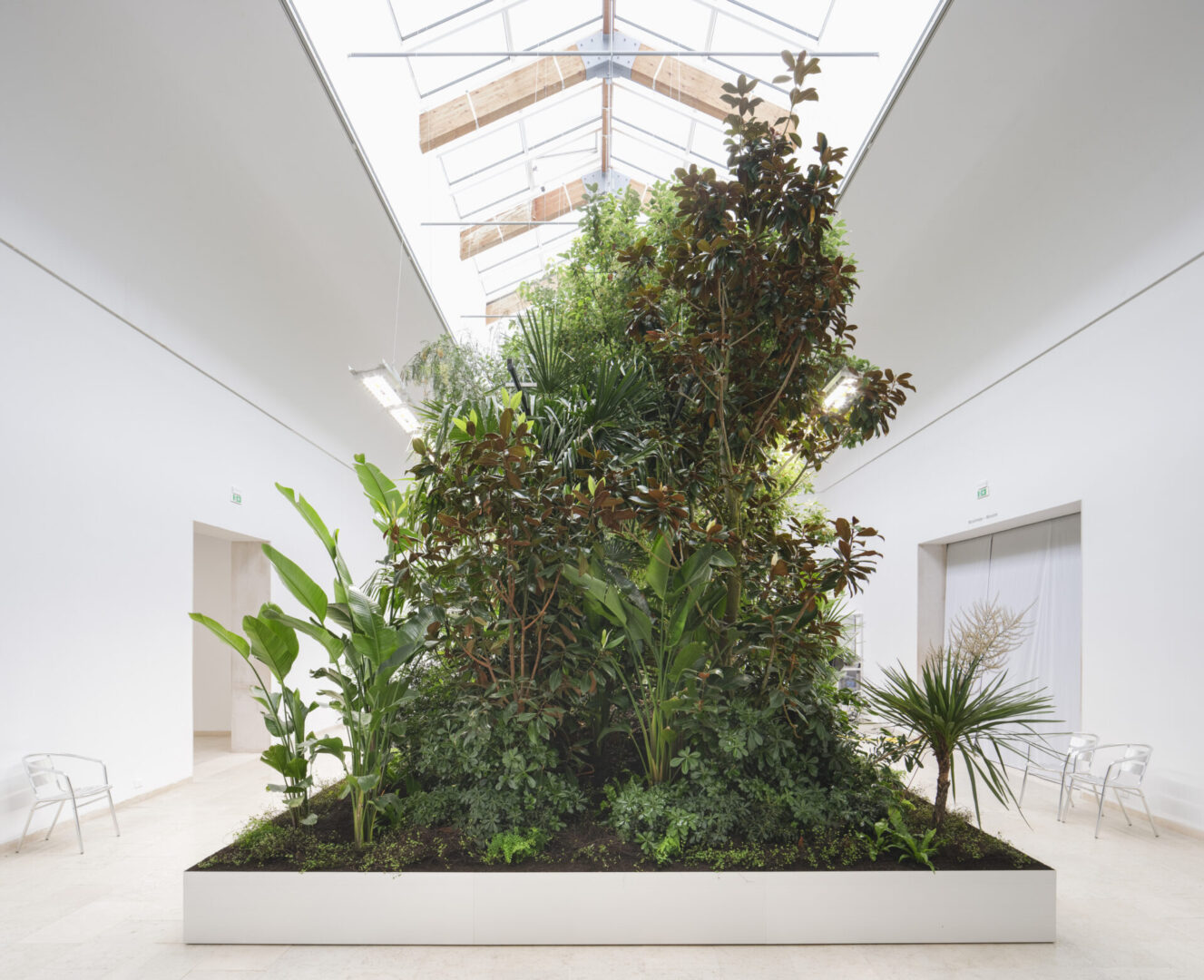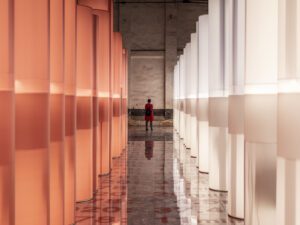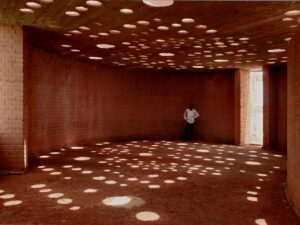The Venice Architecture Biennale 2025 runs from 10 May – 23 November. It marks the 19th edition of this globally anticipated event, which alternates every other year with its art world counterpart. The 2025 edition – curated by Carlo Ratti – is titled Intelligens. Natural. Artificial. Collective, and explores the transformative power of interdisciplinary collaboration in the face of crisis. This summer, 66 national pavilions will present their visions across the Giardini, Arsenale and Forte Marghera. Here is a snapshot of highlights to look out for.

US Pavilion | PORCH: An Architecture of Generosity
The US Pavilion’s presentation offers a fresh take on the quintessential American front porch. Marlon Blackwell Architects, Stephen Burks Man Made, D.I.R.T. studio and TEN x TEN have transformed the pavilion’s exterior into a zigzagging blue canopy made using mass timber and rammed earth. The idea is to create a physical space – of “welcoming, community and imagination” – where people can sit, engage in dialogue and exchange ideas. Inside, 54 participants respond to the same theme, each presenting their own “porch window.” Audiences can expect diverse and wide-ranging contributions from American architects, landscapers, designers, artists and nonprofits – plus research-led displays that reflect on the concept and history of porches as places of architectural, social and cultural significance.
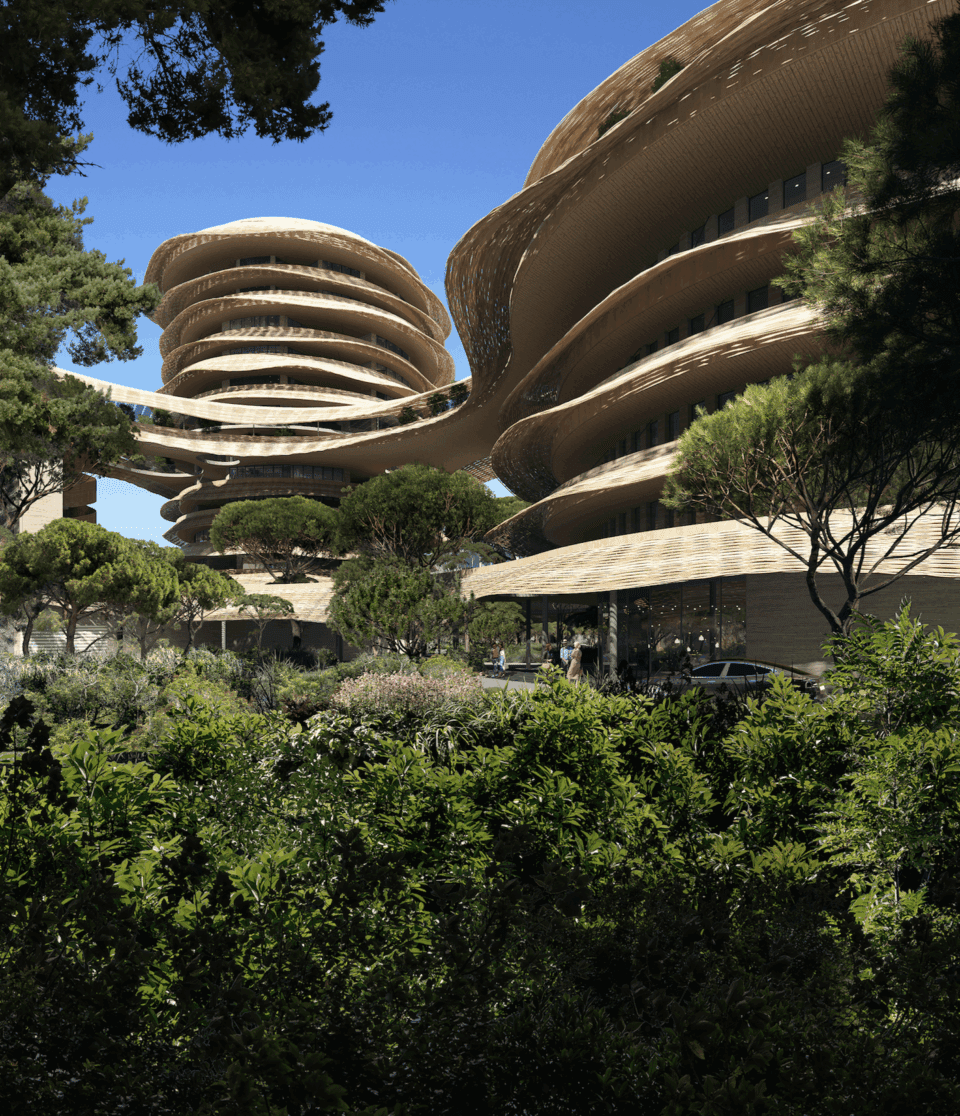
19th International Architecture Exhibition | Intelligens. Natural. Artificial. Collective.
This year’s central exhibition is a bold response to the climate emergency. Curator Carlo Ratti says: “For decades, architecture’s response to the climate crisis has been centred on mitigation – designing to reduce our impact on the climate. But that approach is no longer enough. The time has come for architecture to embrace adaptation: rethinking how we design for an altered world.” This is a truly interdisciplinary presentation, demonstrating how collaborative efforts between “different types of intelligence” can help us solve the big problems facing today’s world. It features over 750 participants – an unusual mix of architects, engineers, mathematicians, climate scientists, as well as philosophers, artists, chefs, coders, writers, woodcarvers, farmers and fashion designers. A highlight is French architecture studio Coldefy, whose Oasis project in Montpellier (shown above) draws on nature to offer solutions for intelligent, sustainable design.
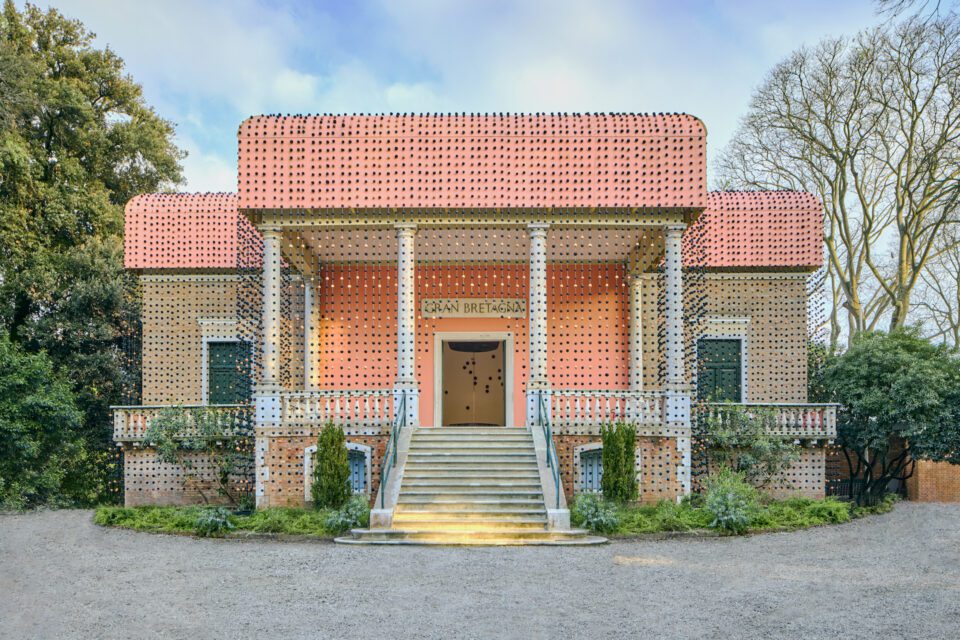
British Pavilion | GBR – Geology of Britannic Repair
This year’s British Pavilion is a powerful examination of the relationship between architecture and colonisation. GBR – Geology of Britannic Repair is a collaboration conceived as part of the British Council’s UK/Kenya Season 2025, and involves a multidisciplinary team of curators: Kabage Karanja and Stella Mutegi of Nairobi-based architecture studio Cave_bureau; UK-based curator and writer Owen Hopkins and academic Professor Kathryn Yusoff. The exhibition begins outside with Double Vision: a veil of agricultural waste briquettes and clay and glass beads. Notably, it obscures the building’s portico, whose neoclassical style has colonial associations. The clay echoes traditional Maasai practices, whilst the glass evokes objects manufactured on the Venetian island of Murano, which were historically used as imperial currency for exchange of metals, minerals and enslaved persons. Inside, six gallery spaces present installations that navigate systems of empire, whilst also looking towards the reparative potential of architecture – if used non-extractively – to begin to repair and rebuild the damage done.

Belgian Pavilion | Building Biospheres
Building Biospheres is innovative research in action. Curator and landscape architect Bas Smets, in collaboration with neurobiologist Stefano Mancuso, investigates how plant intelligence can be used to build and regulate an indoor climate. The installation comprises 200 specimens from subtropical regions – climate zones commonly enjoyed by humans – which will be monitored in real time over six months. The data is harvested, then used to trigger irrigation, lighting and ventilation. Smets envisions a future in which buildings evolve into biospheres, and where plants are active contributors to our built environments – more than decorative elements. “The prototype in Venice allows us to test the possibility for plants to actively produce and control a building’s indoor climate. This makes us hope for an architecture as a microclimate where plants and humans can live together.”
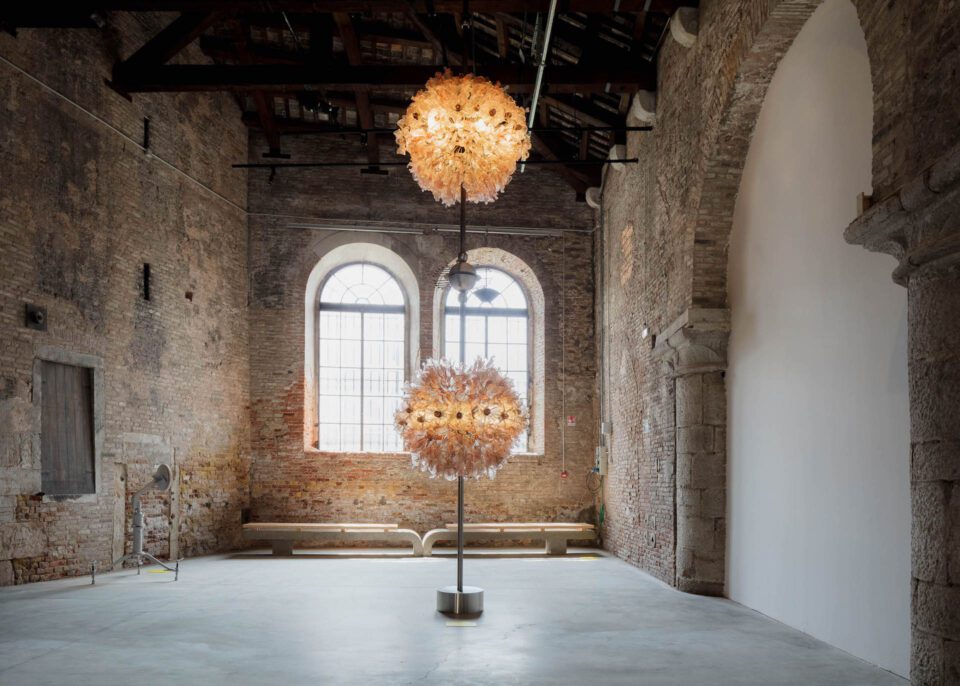
Uzbekistan Pavilion | A Matter of Radiance
The Sun Institute of Material Science, a large solar furnace in Tashkent, was amongst the USSR’s last major scientific projects. Built in 1987, it was originally designed as a facility for the study of materials under extreme temperatures, but only operated in its original form for five years. A Matter of Radiance explores the site’s potential today. Fragments from the Institute are on view, including a heliostat, control room table and chandelier. They are accompanied by images from photographer Armin Linke, as well as a variety of art, theatre, architecture and science projects. Azamat Abbasov’s experimental video uses point cloud technology to map the space, whilst installations by Ester Sheynfeld reflect on everyday life at the site. Notably, Mukhiddin Reiskiyev demonstrates the power of the Institute; Nur is a ceramic disk scorched by a concentrated solar beam.
Biennale Architettura 2025: 19th International Architecture Exhibition runs until 23 November.
Image Credits
1. Building Biospheres by Bureau Bas Smets with Stefano Mancuso, Flanders Architecture Institute 2025 © Michiel De Cleene.
2. Photograph by Tim Hursley. Courtesy PORCH: An Architecture of Generosity Organizers.
3. Coldefy, OASIS © Pneuma.
4. Cave_bureau, Owen Hopkins and Kathryn Yusoff, Double Vision. Installation view, GBR – Geology of Britannic Repair, British Pavilion, 19th International Architecture Exhibition of La Biennale di Venezia, 2025. Chris Lane © British Council.
5. Building Biospheres, 2025 – Model © Michiel De Cleene.
6. Irena Lipene. Parade of the Planets chandelier fragment at A Matter of Radiance, 2025. Uzbekistan Pavilion. Photo: Gerda Studio. Courtesy of the Uzbekistan Art and Culture Development Foundation (ACDF).


